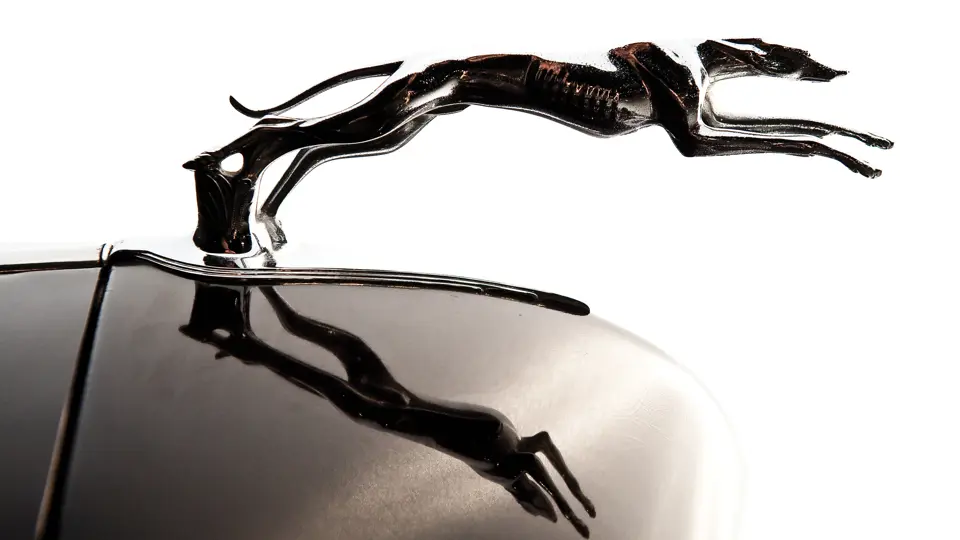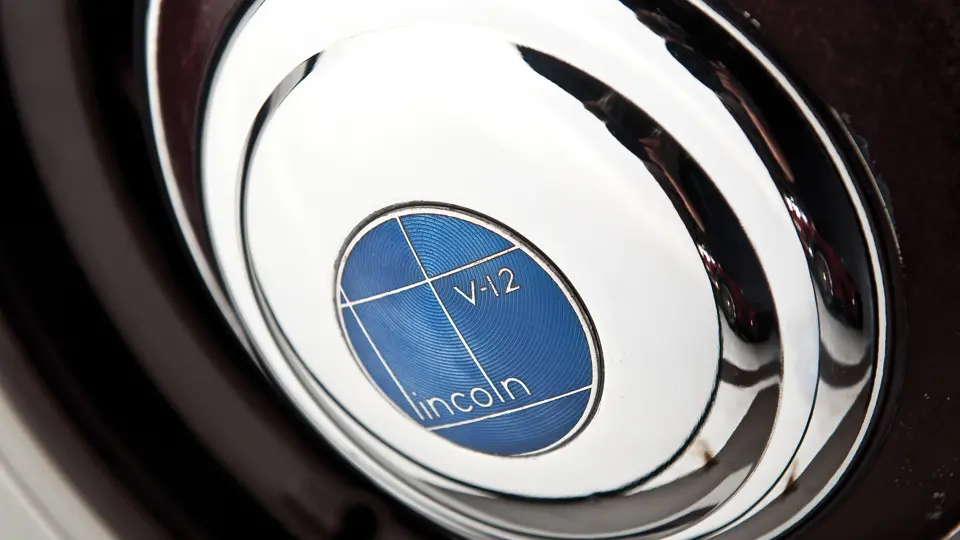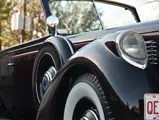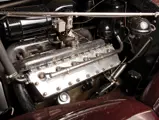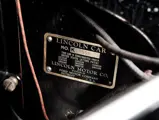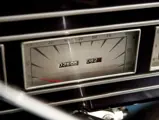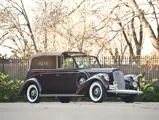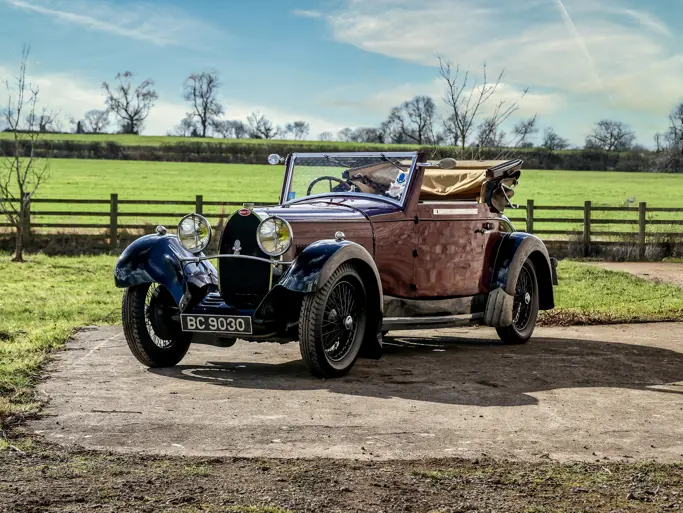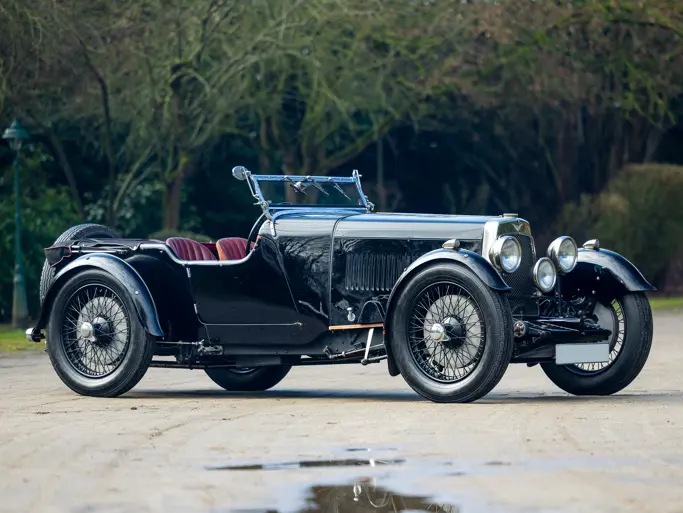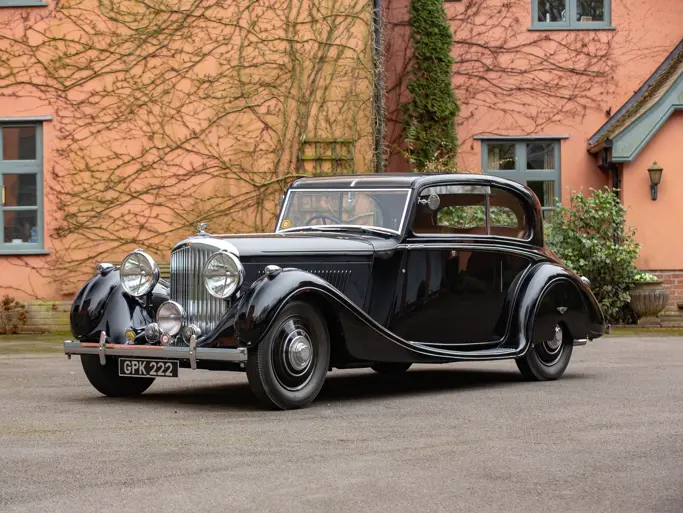150 bhp, 414 cu. in. L-head V-12 engine, three-speed manual transmission, solid front axle and live rear axle with semi-elliptic leaf springs, four-wheel power-assisted mechanical drum brakes. Wheelbase: 145"
- The 1939 Canadian Royal Tour Car
- Built for King George VI and Queen Elizabeth
- Formerly in the Henry Ford Museum collection and The Kughn Carail Collection
- Amazing original condition
The first royal figure to visit Canada was Prince William, later to become William IV, in 1786. Since then, members of the British royal family have toured Canada with some regularity, the latest being a honeymoon tour of Canada by the recently wed Duke and Duchess of Cambridge, Prince William and Catherine Middleton. The royal tour of 1939, however, was particularly significant.
The tour marked the first visit by a reigning monarch to a dominion, an autonomous nation under British sovereignty. It had a political purpose, too, in shoring up support for the United Kingdom, which even in 1939 was bracing against storm clouds of war. Canadian Prime Minister Mackenzie King had begun consultations while attending the coronation of King George VI in June 1937. Discussions and negotiations followed, and by early 1939 a schedule had been agreed for the King and Elizabeth, his Queen consort, to visit Canada in May and June.
For their coast-to-coast itinerary, a royal motorcade was called for, and thus four cars were constructed especially for the event. There were two special McLaughlin Buicks built by General Motors, Canada, as well as a Chrysler from Chrysler Corporation of Canada. Ford Motor Company provided a custom-built Lincoln Model K convertible sedan, ordered through Ford of Canada and built in Dearborn. All four cars were built to exacting specifications. They were to be painted Royal Maroon, matching the fleet at the Royal Mews in Britain. All had shatterproof glass, puncture-proof tires, a raised seating area for the monarchs, the Royal Standard above the windshield, a blue light for night-time illumination, a Royal Crest to be placed over the light in daytime and folding seats facing backwards, since it is forbidden to sit with one’s back to the sovereign.
Taking a standard 145-inch wheelbase 1939 Model K chassis, Lincoln craftsmen modified a Series 413 LeBaron convertible sedan body. The windshield was extended upwards and the side glass and top constructed to match, in order to provide both visibility and protection for the royal couple. The chassis and powertrain retained their conventional specifications. The Lincoln’s passenger compartment was upholstered in poudre bleu broadcloth in a tailored panel effect. This color, it was noted, was a favorite of the Queen. The chauffeur’s compartment was done in a harmonizing but darker shade of blue leather. Compartments for gloves, cigarettes and other small items were fitted, and two lap robes were contained in a special compartment and two umbrellas in a drawer under the driver’s seat. The car was completed, outfitted and turned over to the Canadian Government in April.
The King and Queen arrived in Quebec City on May 17th, proceeding to Montreal and Ottawa, the capital, where the Queen laid the cornerstone of the Supreme Court building. The royal couple also visited Parliament. They inaugurated the Queen Elizabeth Way, Canada’s first superhighway, which links Buffalo and Toronto, and dedicated the nearly completed Rainbow Bridge to the USA. They went on to the West Coast, both passengers and cars traveling by rail between cities, and made a quick visit to the United States, including Washington, D.C., New York City and Poughkeepsie, before boarding the RMS Empress of Britain at Halifax for their return voyage. The royal party, no matter what city or car, was always driven by the Governor General’s personal chauffeur, T.S. Southgate.
Following the tour, all four cars were returned to their respective automobile companies. The two Buicks survive in Canada, while the Chrysler has been lost to history. The Lincoln was transferred by Ford Motor Company to the Henry Ford Museum, in whose collections it resided until 1985. During this time it was taken out for a parade on the Coronation Day of Queen Elizabeth II in June 1953 and again for another royal tour by the Queen and Prince Philip on July 3, 1959.
At an auction held at Dearborn in October 1985, the car was purchased by Richard and Linda Kughn of Detroit for their famed Carail Museum. The Kughns lent the car out for another royal occasion on July 6, 1989, when Elizabeth the Queen Mother commemorated the 50th anniversary of the Queen Elizabeth Way. The current owner purchased it from the Kughns in 2004, and it has remained in his noted private collection ever since.
In amazing original condition, the car wears its Royal Maroon livery well. The car has been maintained, not restored, so changes have been limited to touch-up in high-stress areas. It has a tan canvas top, twin side-mount spares, color-matched wheels and Trippe driving lights.
The car is accompanied by numerous artifacts, photographs, letters and other documentation and shows fewer than 4,000 original miles. A singular artifact of historic importance, it is a remarkable, one-off car with fascinating royal provenance.
As part of a large private collection, this car has been treated to climate-controlled storage but has seen little exercise in recent years and will require thorough professional inspection before being driven.





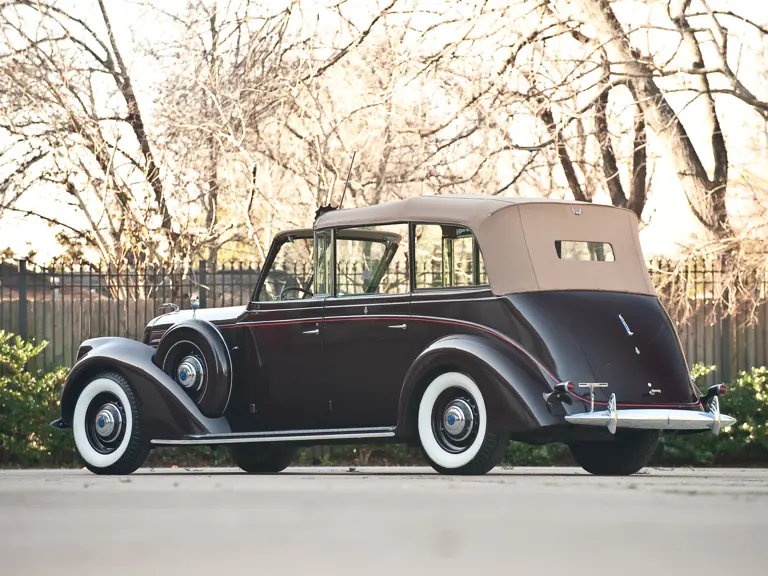
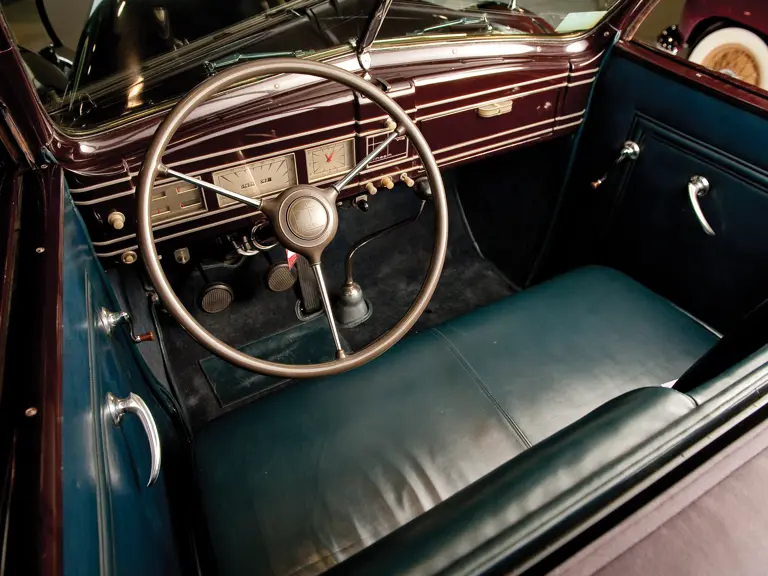



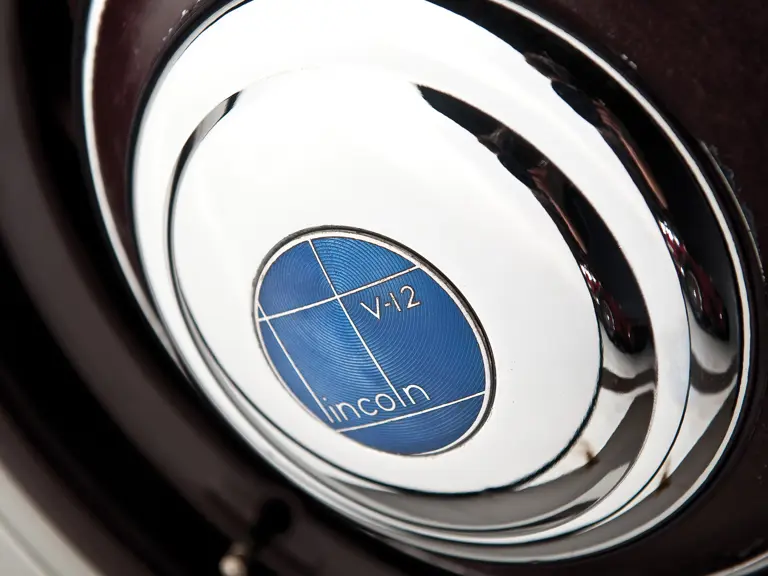


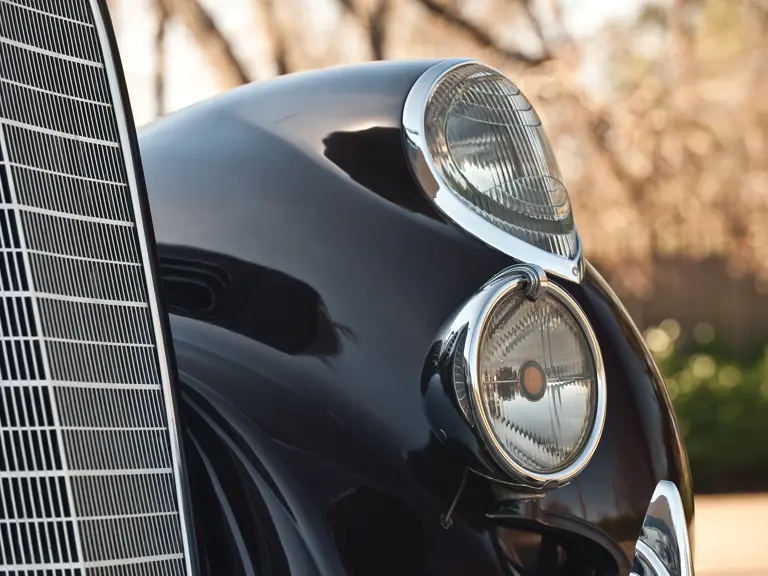


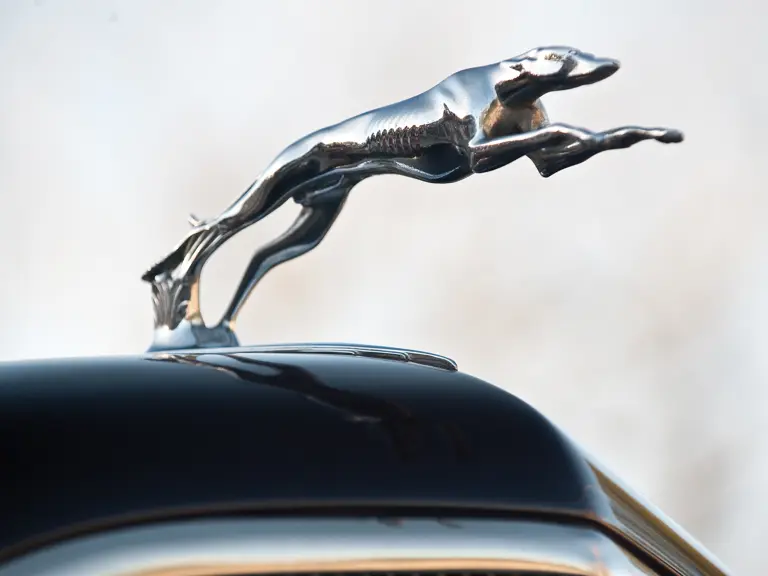







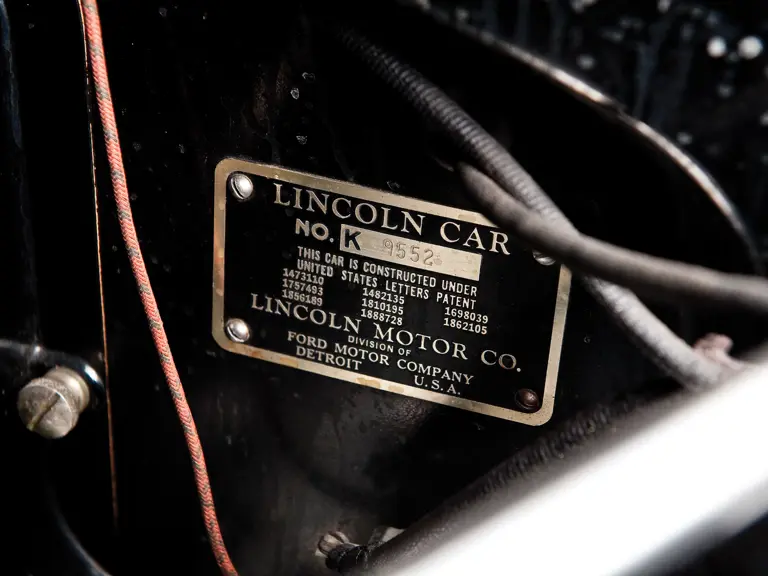
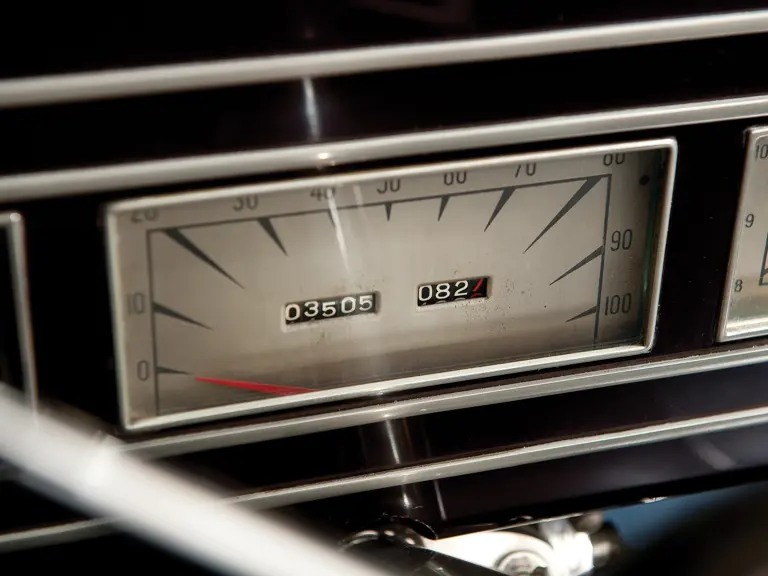


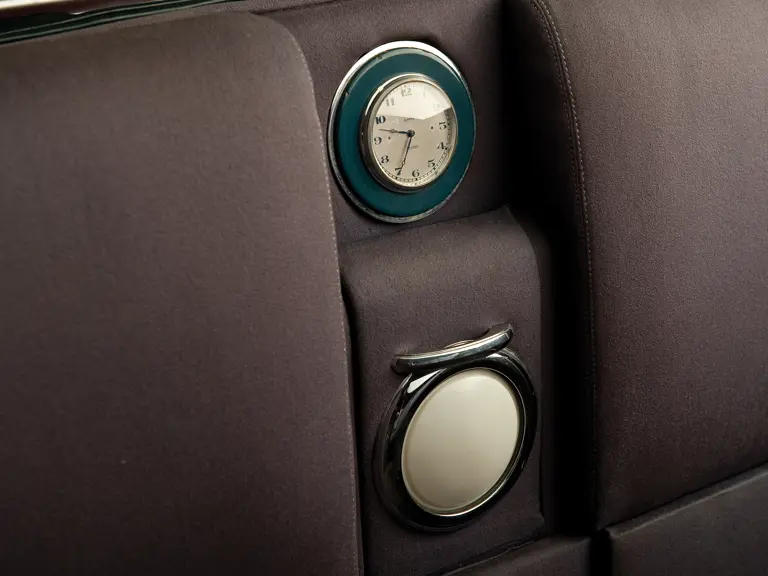




 | Plymouth, Michigan
| Plymouth, Michigan
